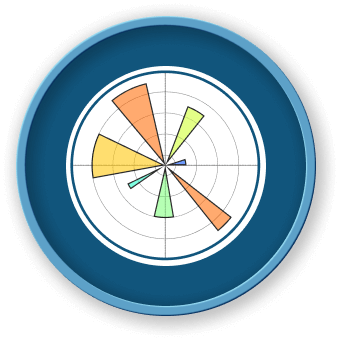Introduction
This tutorial introduces the basic usage of Matplotlib library in Python, which is a popular data visualization tool in Python. Matplotlib is a library that allows users to create visualizations such as line plots, scatter plots, bar plots, and many more.
VM Tips
After the VM startup is done, click the top left corner to switch to the Notebook tab to access Jupyter Notebook for practice.
Sometimes, you may need to wait a few seconds for Jupyter Notebook to finish loading. The validation of operations cannot be automated because of limitations in Jupyter Notebook.
If you face issues during learning, feel free to ask Labby. Provide feedback after the session, and we will promptly resolve the problem for you.




